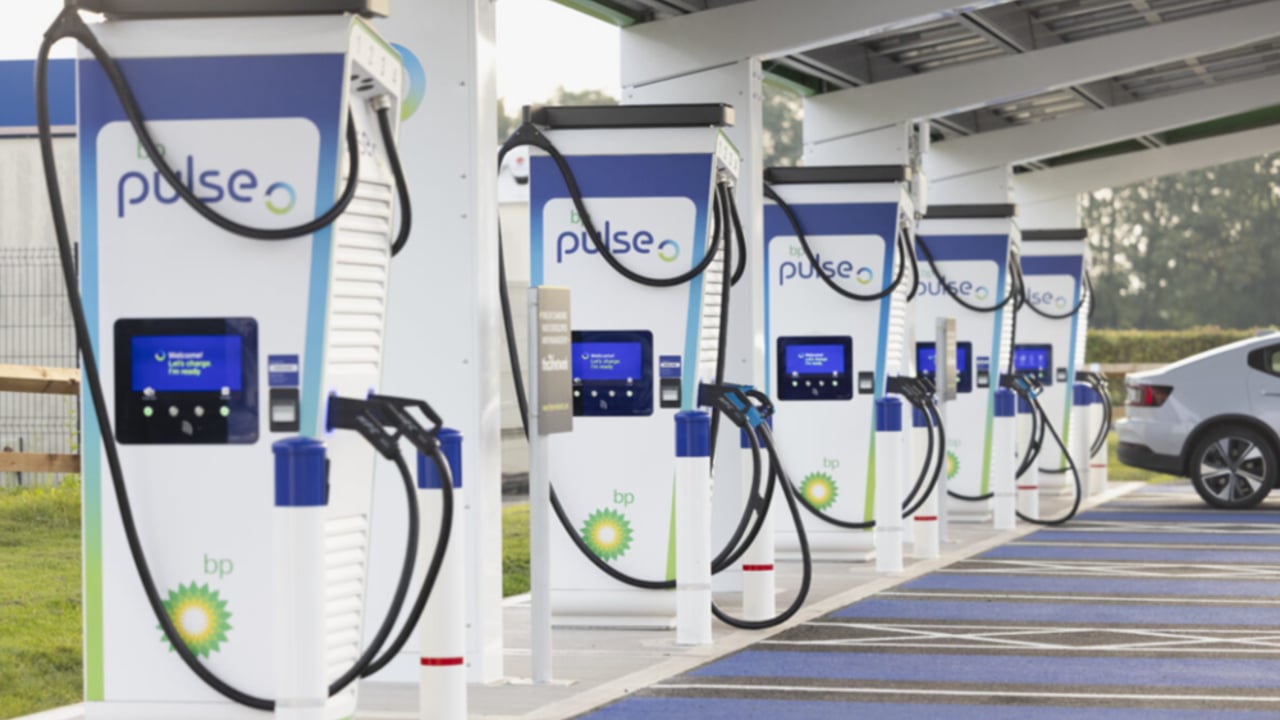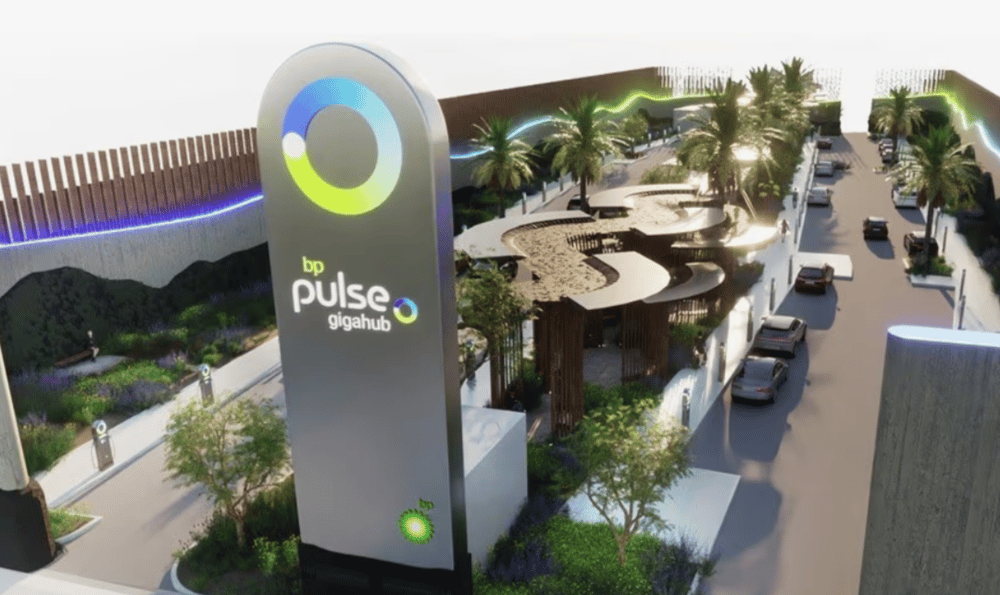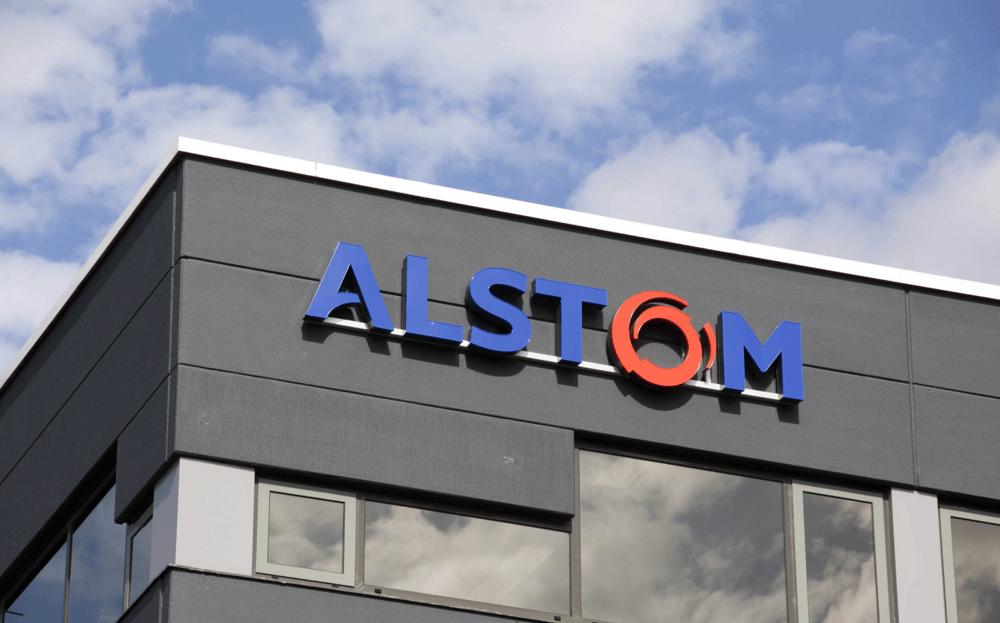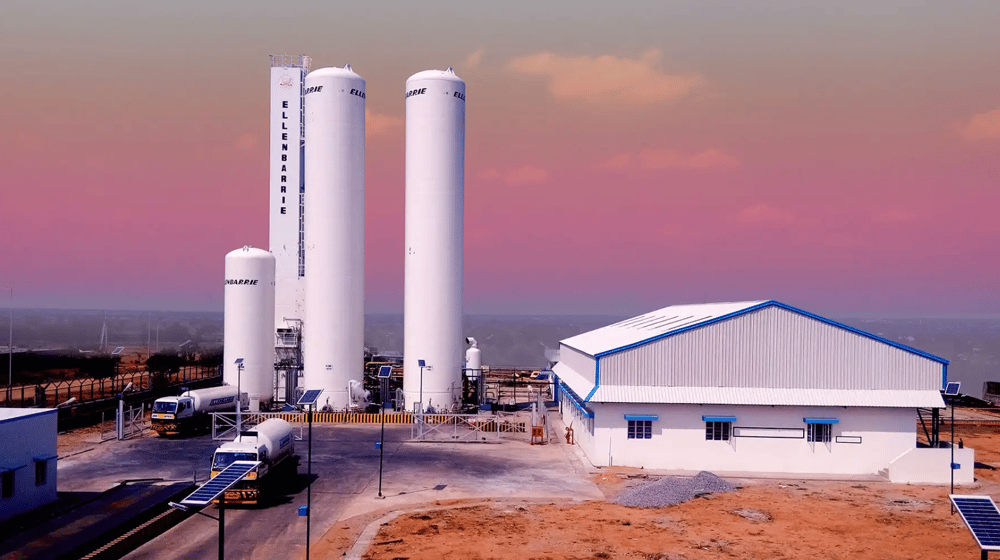BP and BP Pulse Reshaping the Future of Energy
In today's rapidly evolving energy landscape, major corporations must swiftly adapt to shifting market dynamics. BP's recent decision to disband its specialized team focused on hydrogen and liquefied natural gas (LNG) for transportation—notably for the freight sector—underscores this necessity for transformation. Despite this organizational change, BP has reassured stakeholders that the operations of BP Pulse, its electric vehicle charging network, will remain unaffected.
Shifting Strategic Directions
In February, BP unveiled a new strategy that marks a pivot back toward oil and gas, while concurrently reducing investments in renewable energy sources. The strategy also highlights sustained annual investments in EV charging infrastructure, alongside a concentrated effort to expand electric mobility in key markets such as the United Kingdom, Germany, the United States, China, India, and the Iberian Peninsula. This reorientation reflects BP’s commitment to optimizing resource allocation and focusing on the most promising avenues for growth. Recent personnel changes at BP Pulse, including the appointment of a new leader following the previous head's departure, further illustrate the company’s drive to align its operations with evolving industry trends.
Key Factors Behind the Decision
1. Realignment of priorities within the energy portfolio
2. Cost optimization while preserving strategic business areas
3. Reengineering of internal processes and integration of functions
4. Reducing expenses linked to departments with limited personnel
These measures are clear indicators of BP’s adaptive strategy, aimed at creating a more responsive and flexible corporate structure amid global energy market uncertainties.

Glimpses of Change
To further illustrate the implications of these strategic adjustments, consider the following key observations:
- A renewed emphasis on the traditional oil and gas sectors as a temporary optimization measure
- Continued development and enhancement of EV charging infrastructure via BP Pulse
- Strategic reallocation of resources toward high-potential growth areas
- Strengthened integration across various business units within the energy conglomerate
Such initiatives suggest that BP is positioning itself to maintain resilience and capitalize on stable revenue streams, all while keeping a foot in the door of emerging sustainable technologies.
Analytical Insights into the Strategic Shift
The modern energy sector demands agile decision-making and a readiness to pivot swiftly. BP's recent structural adjustments and refocused investments are emblematic of a broader trend among global energy leaders recalibrating their portfolios in response to market volatility. Factors influencing this shift include:
- Stricter environmental regulation and evolving public sentiment on sustainability
- Intensifying competition among energy giants driving internal efficiency reforms
- Changes in investment strategies aimed at reducing risk in an uncertain market climate
- A commitment to enhancing corporate agility and responsiveness
This well-calibrated approach underscores the necessity for companies like BP to continually assess and adjust their strategic direction in order to stay competitive.

Future Outlook and Projections
By aligning strategic goals with current market realities, BP is demonstrating its determination to refine its business model. While there is a temporary de-emphasis on renewables, the company remains dedicated to evolving technologies that underpin long-term sustainability. Enhancing operational efficiency, integrating modern technologies, and redistributing internal resources are expected to fortify BP’s market position in the near future.
Although the closure of the low-carbon mobility team might suggest a retreat from clean energy initiatives, the move is better understood as a reallocation of efforts rather than an outright abandonment. The strategic redirection is designed to focus on areas with the highest potential for growth and stability, setting an example for other industry leaders navigating similar challenges in the global energy market.
Concluding Reflections
BP’s recent strategic initiatives mark a significant turning point for the organization. By prioritizing traditional energy sources and streamlining internal processes, BP is adapting to the demands of a fluctuating global market. This transformation highlights the importance of flexible, agile strategies in maintaining corporate resilience and competitiveness. Moreover, the calculated shift in focus reinforces BP’s commitment to balancing legacy operations with innovative advances in the electric vehicle and charging infrastructure sectors.















Comments
BP's move signals the urgency for companies to pivot in the energy sector, but it's smart to keep BP Pulse on track amidst the change.
Proactive investment approaches are laying the foundation for exceptional growth in capital markets.